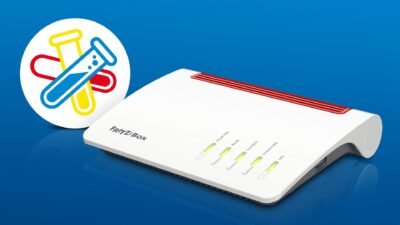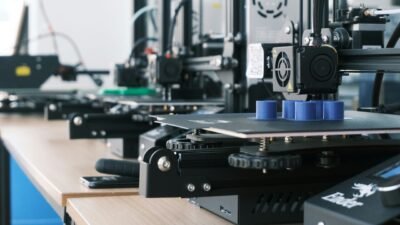Samsung starts Tandem OLED displays to win Apple iPad orders

Samsung apparently wants to use a new type of OLED panel in smartphones and tablets soon. The so-called “Tandem” series of panels should also be used in products from Apple and several other providers in the long term – and be clearer and more durable. Like the South Korean portal, TheElec Samsung has started to promote the development of OLED panels with a “two-stack tandem” structure with two emission levels for use in mobile devices. Among other things, Samsung would try to secure orders from Apple, where the new panels are expected to be used in 2024 or 2025, the report said.
New OLED panels especially for larger devices with longer use
By using two superimposed levels of self-illuminating diodes, Samsung aims to achieve a significantly higher brightness initially of up to 1700 candelas in the panels, which are also known internally as tandem OLED (T-OLED). In addition, the service life of the panels can be extended considerably by alternating the use of the two levels, even if the thickness increases due to the layering. Initially, the new T-OLED panels would be used in Samsung’s own products from next year.
According to the report, the new panels should also be used by Apple from 2024, with iPads being the first devices equipped with them. After this, the T-OLED displays will also be used in MacBook and iMac models. With the preferred use of tandem OLED panels, Apple is reportedly looking to ensure that the displays meet the requirements for notebooks and desktop PCs, which customers typically use for much longer than smartphones.
In addition, Samsung is reportedly looking to develop a second, improved generation soon after using the new panels in a first-generation in its own devices, which Apple will then use. Tandem OLED panels are not entirely new, as Samsung and LG are already producing such screens on a slightly smaller scale. However, these screens are mainly used in the automotive sector, where the longest possible lifespan and increased brightness also play a major role.
Research Snipers is currently covering all technology news including Google, Apple, Android, Xiaomi, Huawei, Samsung News, and More. Research Snipers has decade of experience in breaking technology news, covering latest trends in tech news, and recent developments.









